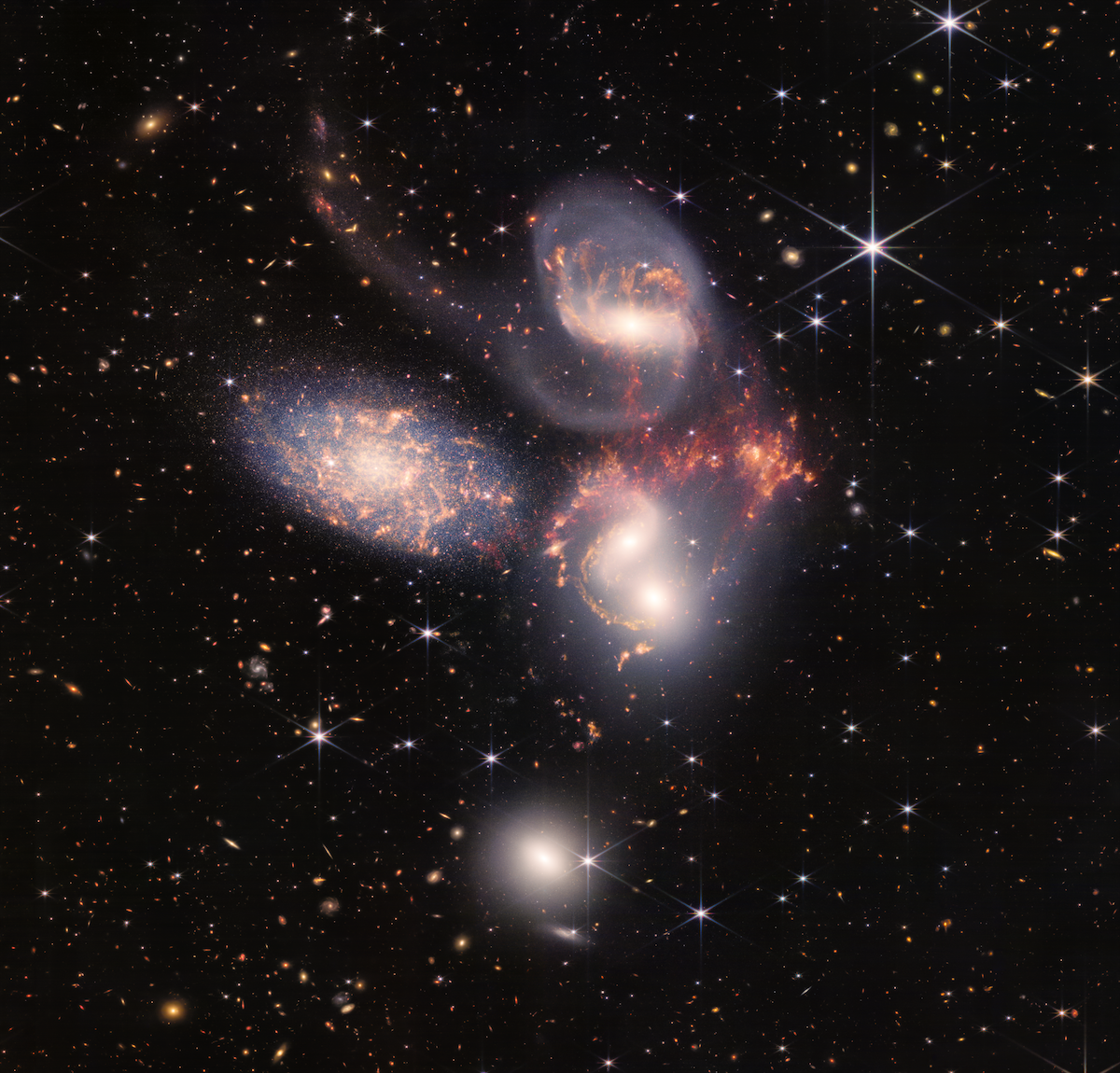The other day, I did a poll on Twitter asking what to blog about. I gave four options: Kuiper Belt, Oort Cloud, Dark energy and Dark matter. The first three got almost exactly the same amount of votes, while dark matter was at an indisputable last place. You guys really don’t like dark matter, do you? Or maybe you had enough?
Anyway, I decided to go with the Oort Cloud, so this is what we are diving into on this fine Friday.

What Is The Oort Cloud?
The Oort Cloud is a proposed region full of icy rocks the size of mountains and small planets located 1000 AU from us. 1 AU is the distance between Earth and the Sun, so the Oort Cloud is expected to be 1000 times further away from us than the Sun. For comparison, the furthest planet in the solar system, Neptune, is found only 30 AU from us.
The Oort Cloud is shaped like a sphere that surrounds the entire solar system, but at a distance much much further away than any space rocket we have ever launched. No mission has been anywhere near the Oort Cloud and it hasn’t been confirmed by observations. We therefore say that the Oort Cloud is a suggested region, not an observed or confirmed region.

This region is thought to be created when the Sun was created almost 5 billion years ago, and by the influence of gravity and dynamics in the solar system it has been pushed to these extreme distances that are found in the interstellar space, beyond what we normally consider the solar system.
If We Haven’t Seen It, Why Do We Think It’s There?
Our telescopes are advanced enough to detect black holes and first light after Big Bang at billions of light-year distances, so why can’t we observe something that is thought to exist right outside our own solar system?
The are several reasons for this. First of all, while it is a cloud of mountain-sized icy rocks, it’s not particularly dense. If it was, it would disturb all our other observations of anything that is further away than some thousands AU (which on interstellar scales is still quite small). The density is not very high and the objects do not have a gravity that is strong enough to e.g. bend any incoming light from other galaxies.
Secondly, it doesn’t emit light. Stars, hot gas or anything with some energetic process in space emit light, either visual light or X-ray, UV, infrared or some other form of electromagnetic radiation, that we can pick up with the right telescope. But space rocks do not emit any light by themselves. There is simply no process going on to emit a decent amount of radiation for us to detect. We therefore would rely on sunlight reflected from the surface of the rocks. However, with the Oort Cloud being so far away, the amount of sunlight that reaches it is tiny and useless.
With all this in mind, it seems we have the evidence against us. Too vague to detect and too far away to touch, surely it seems that the Oort Cloud is a phantom of a good story more so than a piece in the puzzle that is the universe.
This is where we look towards comets! Comets are large bodies (size of a mountain or small town) made of ice and dust. They orbit the sun and are typically not found in the ecliptic, i.e. the plane of the solar system, however some are closer than others. Sometimes they pass by Earth and we can see them. You might remember last year when the bright comet NEOWISE was visible.
There are two types of comets: Short-period and long-period.
Short-period comets are the ones that take less than 200 years to orbit the sun, and long-period comets has an orbital period of more than 200 years. The short-period comets seem to come from the Kuiper Belt, which is a disk-shaped belt (as opposed to a spherical distribution) located a bit further out than Neptune, more precisely at 50 AU. The short-period comets are often found closer to the ecliptic.
The long-period comets can have orbital periods of hundreds, thousands or even a million years. Their trajectories show that they have a higher inclination to the ecliptic than short-period comets, which could indicate that they are “thrown in” from some region that is not found in the ecliptic. The Oort Cloud, being spherical, could be such a region, and the long orbital periods would indeed fit with this origin.
Will We Ever Observe The Oort Cloud?
Well, honestly, I don’t know.
I do know that current telescopes are not technically equipped to photograph the Oort Cloud, so we would need better telescopes with higher sensitivity and I’m not even sure this is possible to obtain with today’s skill-set.
I also don’t know if observation the Oort Cloud is a priority when comparing to the other big focus areas there currently are in astronomy: searching for life outside Earth, detecting dark matter and studying our own origin. But one thing is certain: comets carry with them the fingerprint of the creation of the solar system! Next time you see one, think of how you are looking at something that has remained untouched for some 4 billion years. That’s a rare sight!
If you liked this post, please consider joining my small space community on Patreon.




2 thoughts on “The Mystery Of The Oort Cloud”